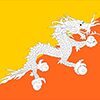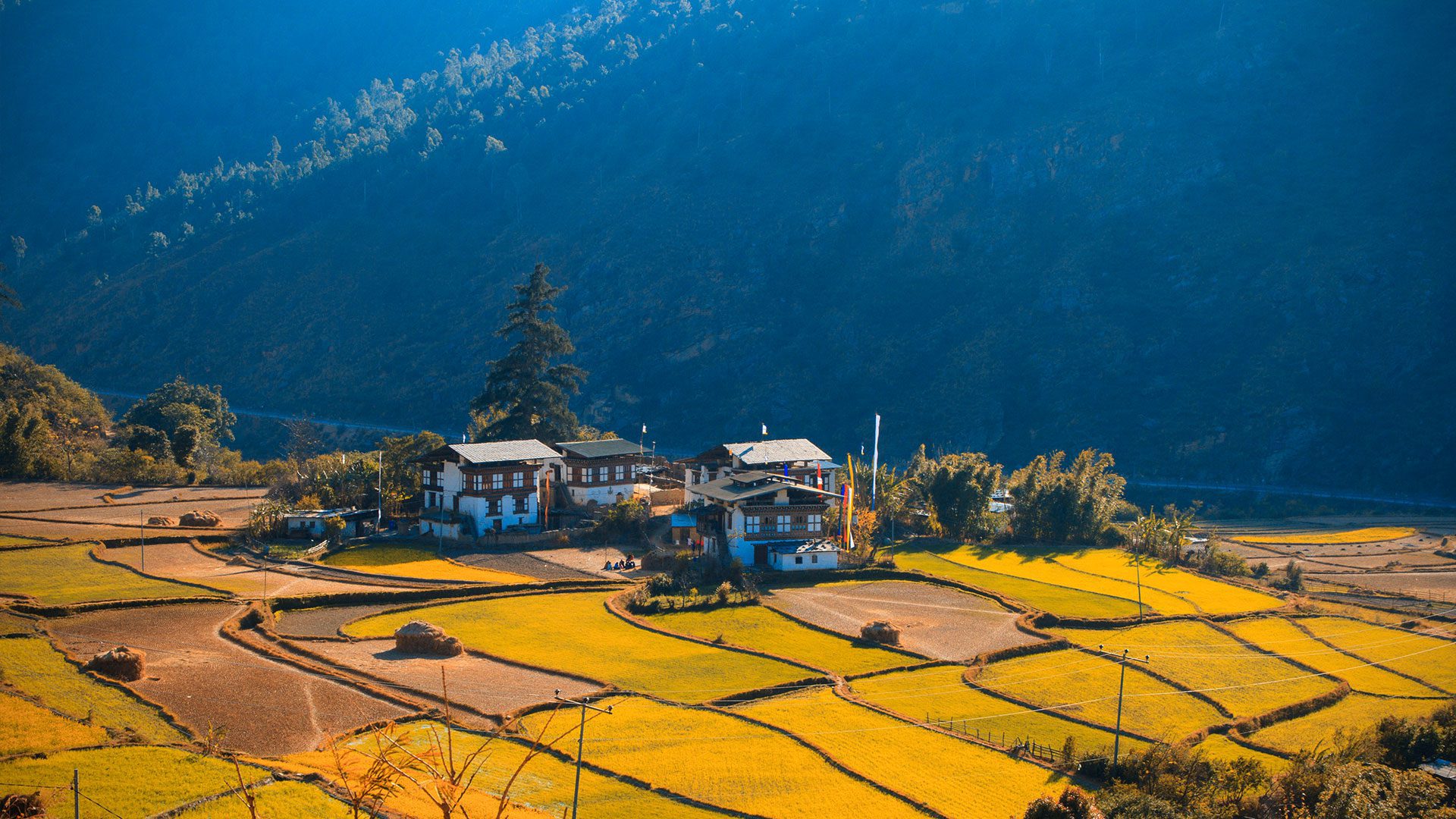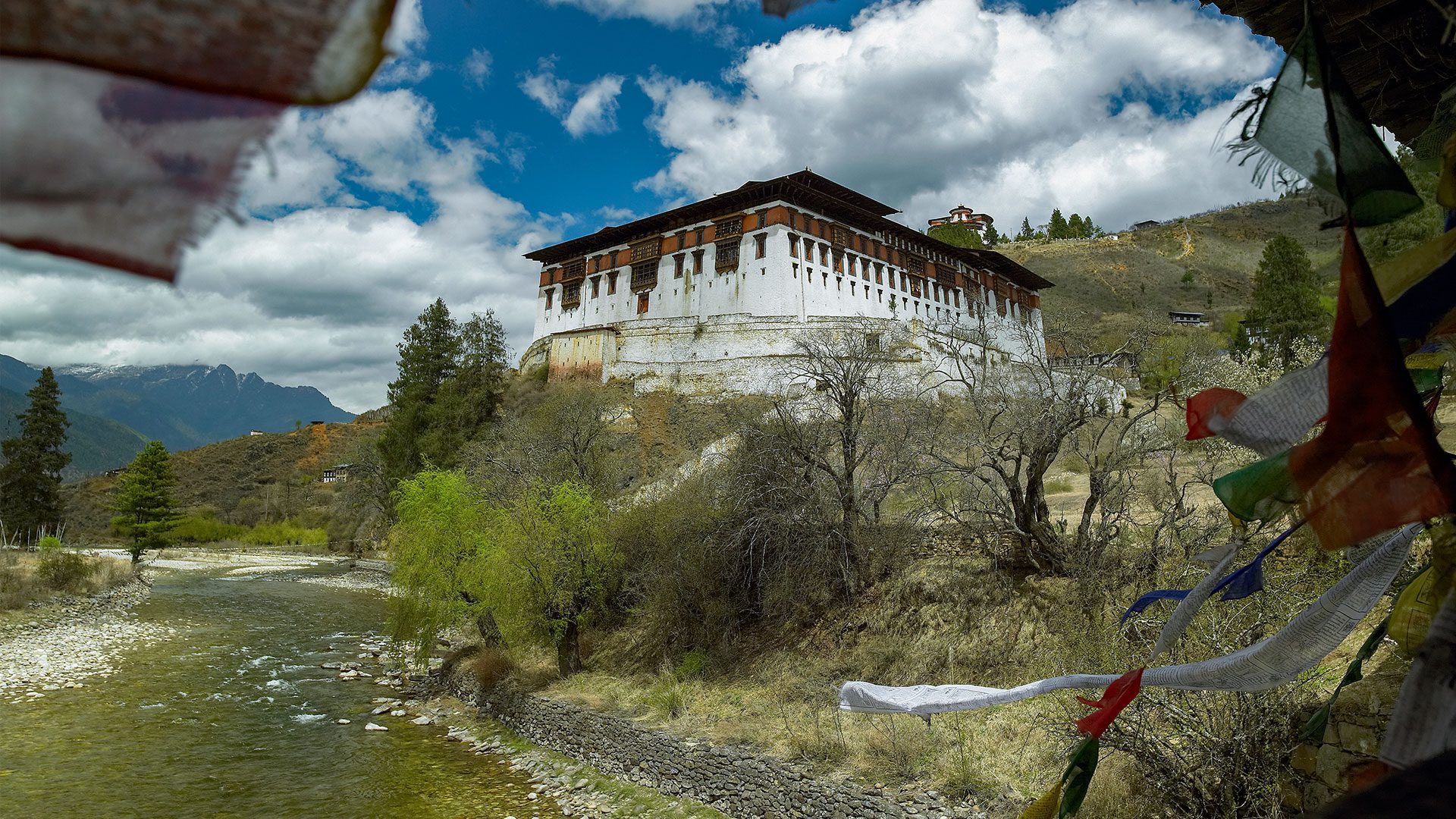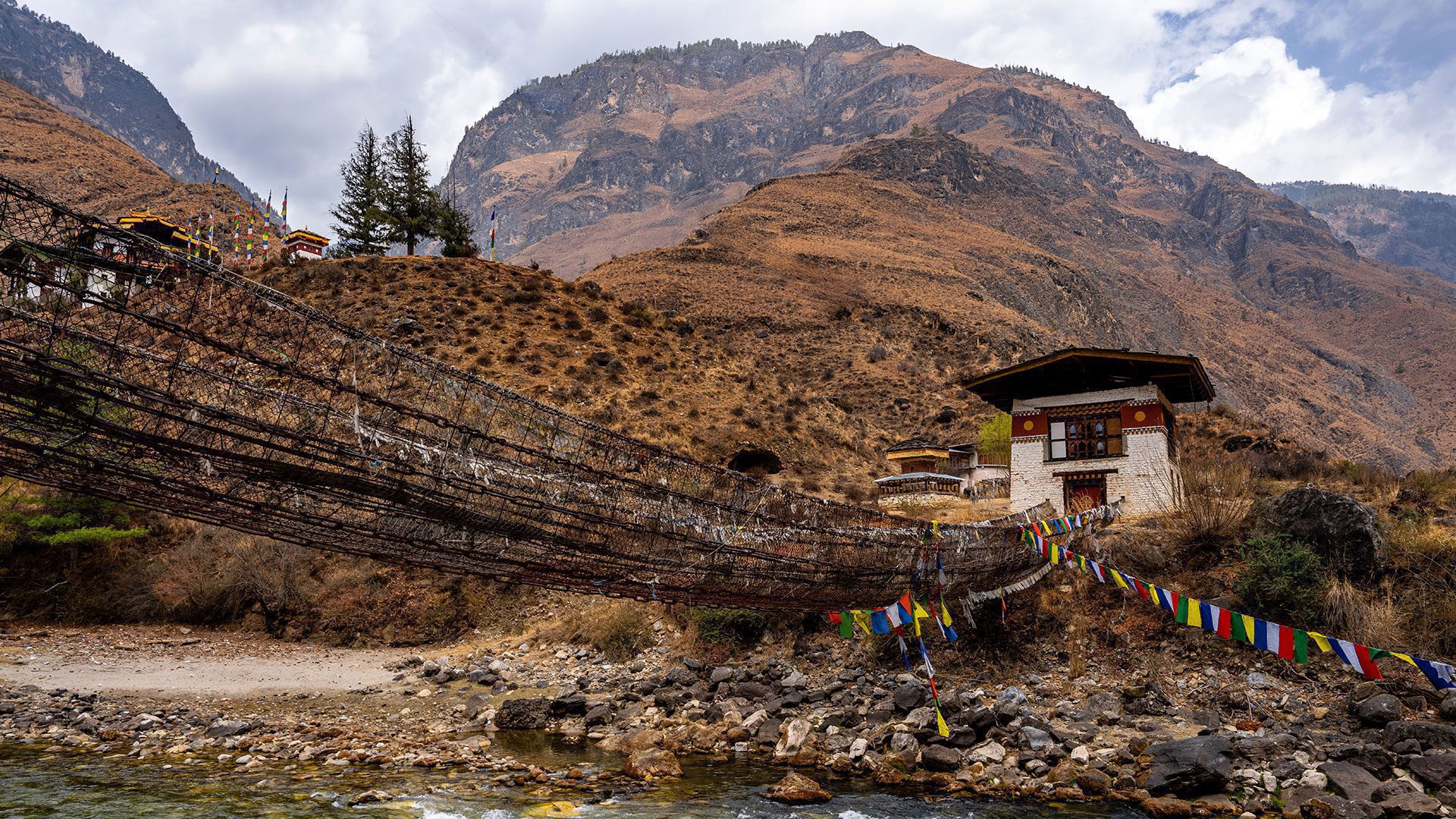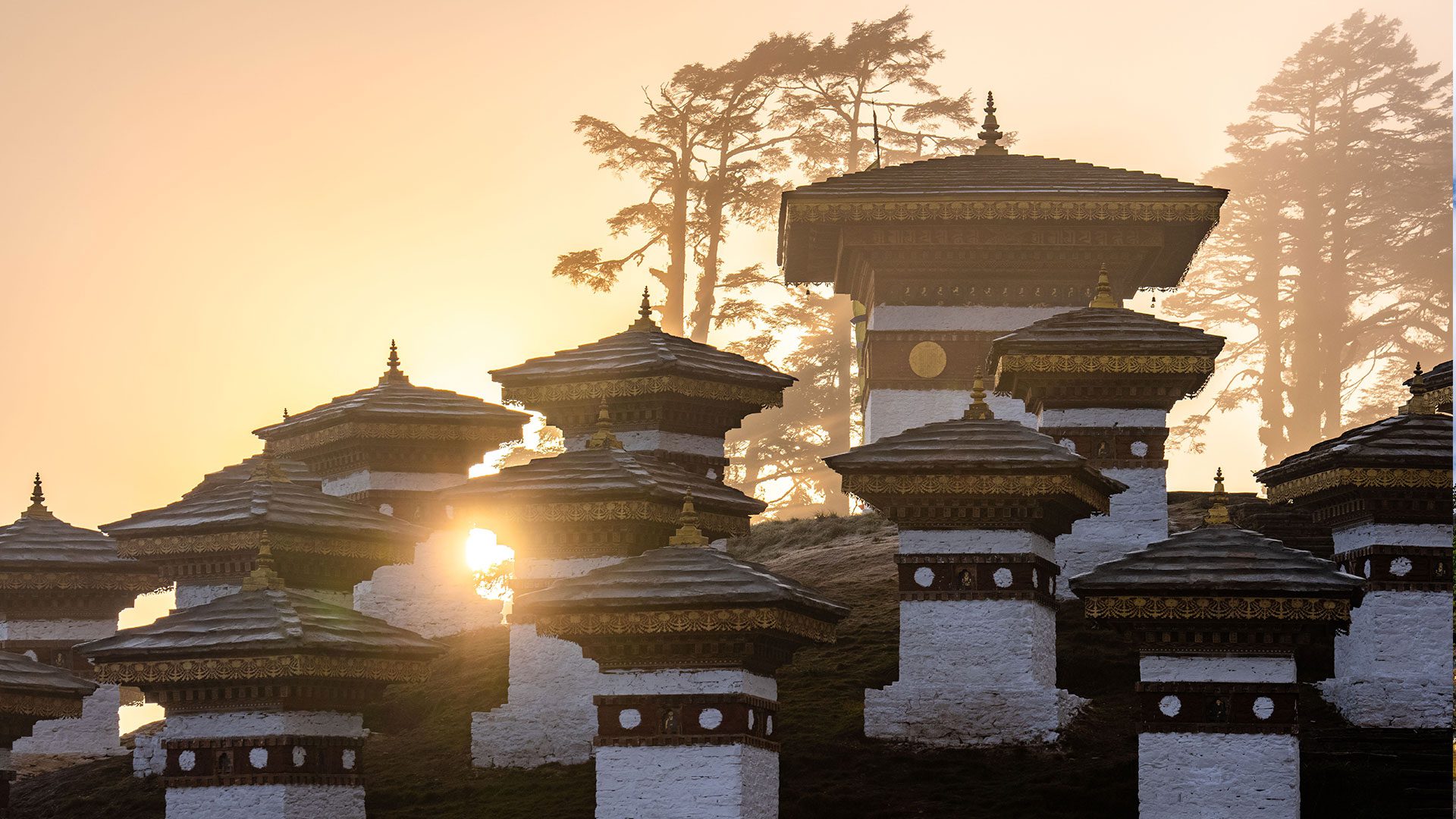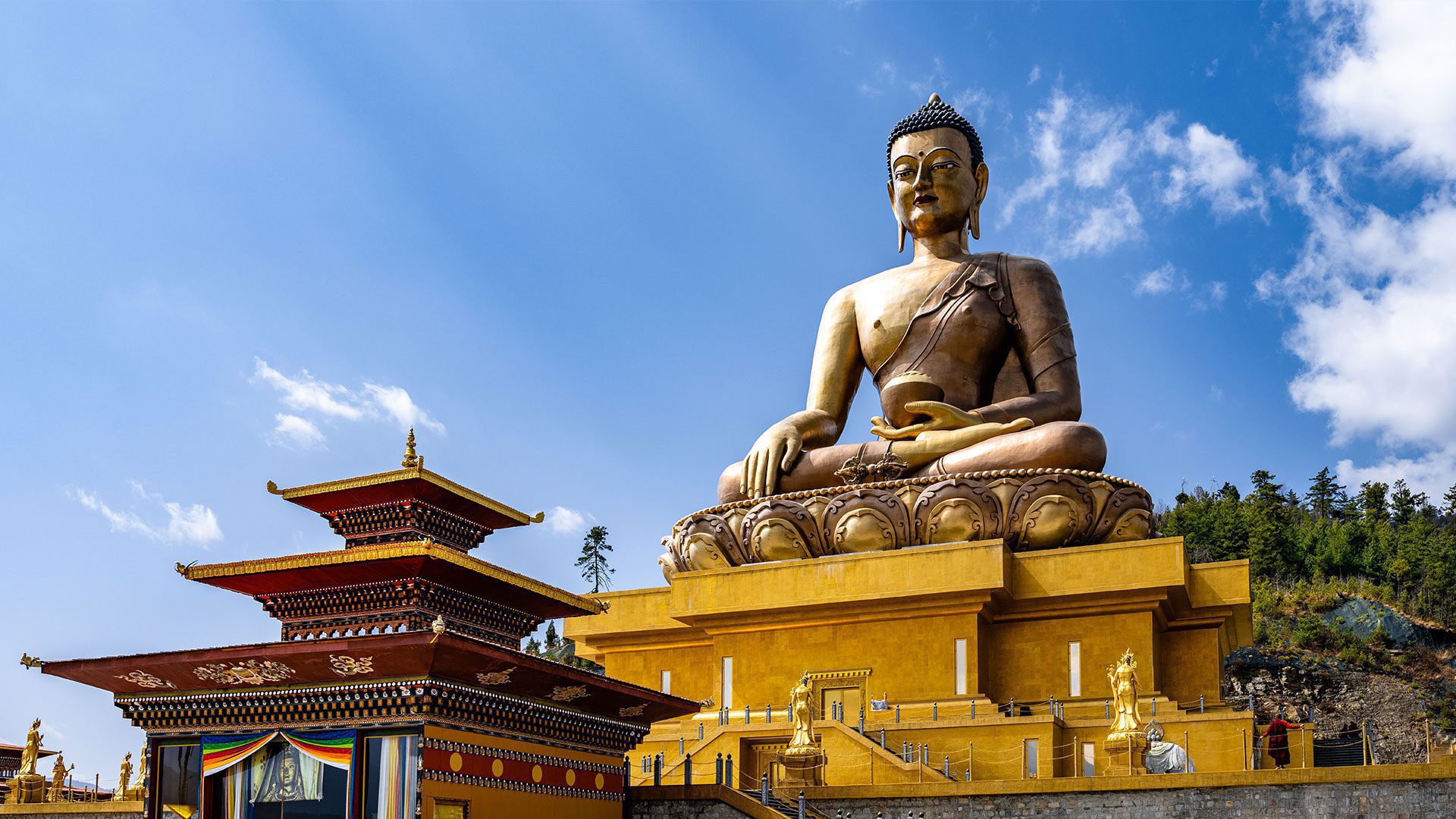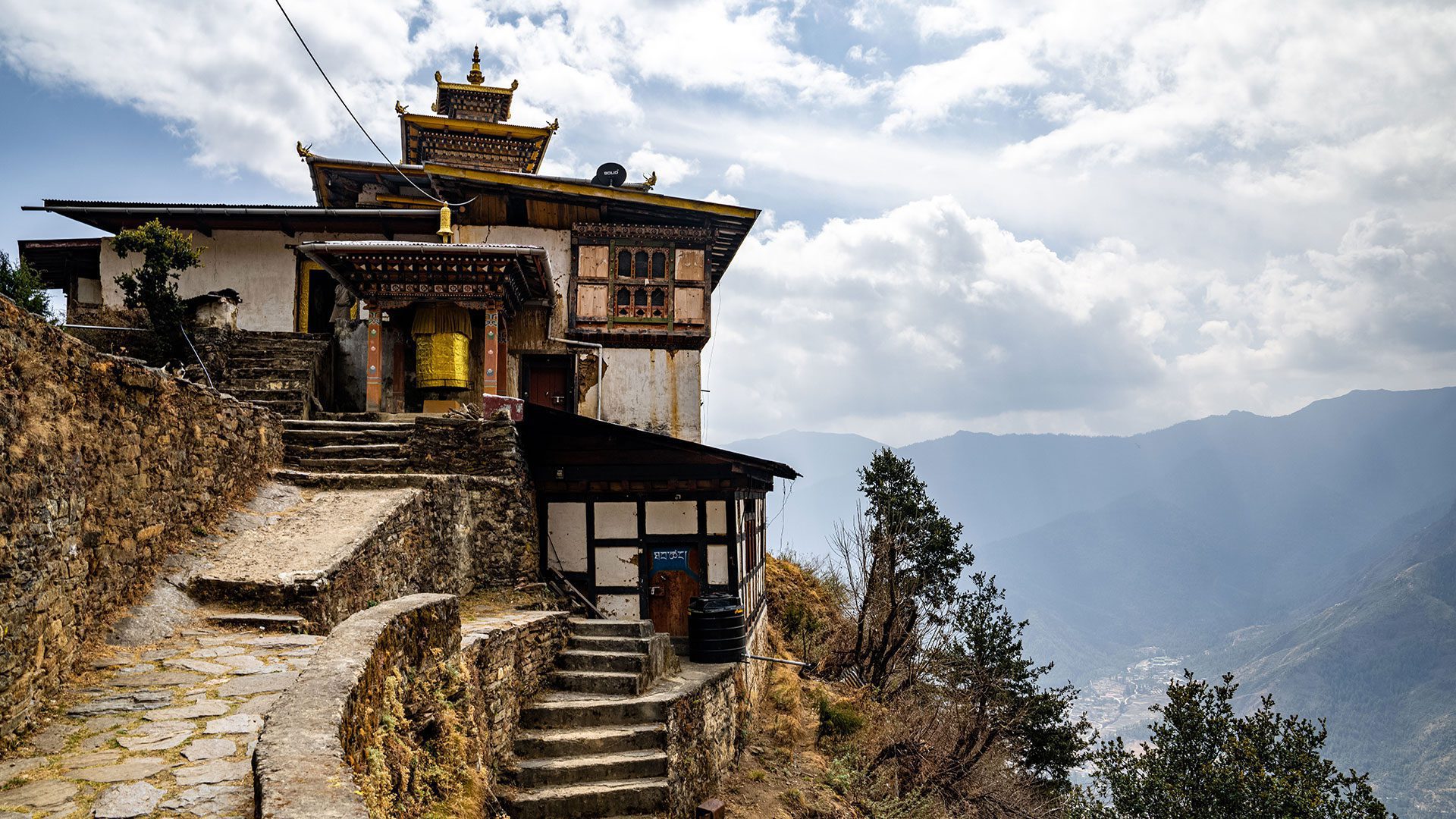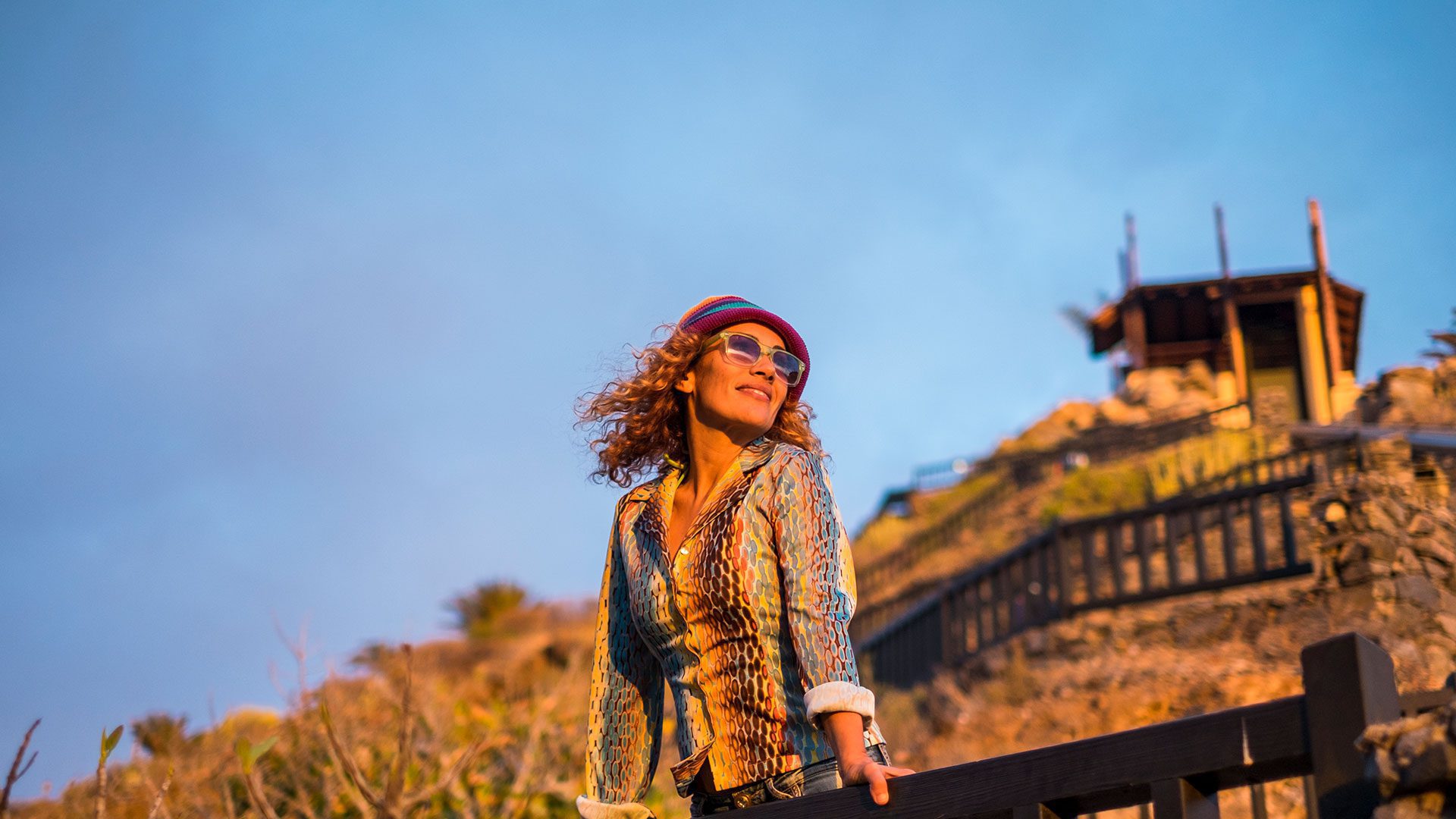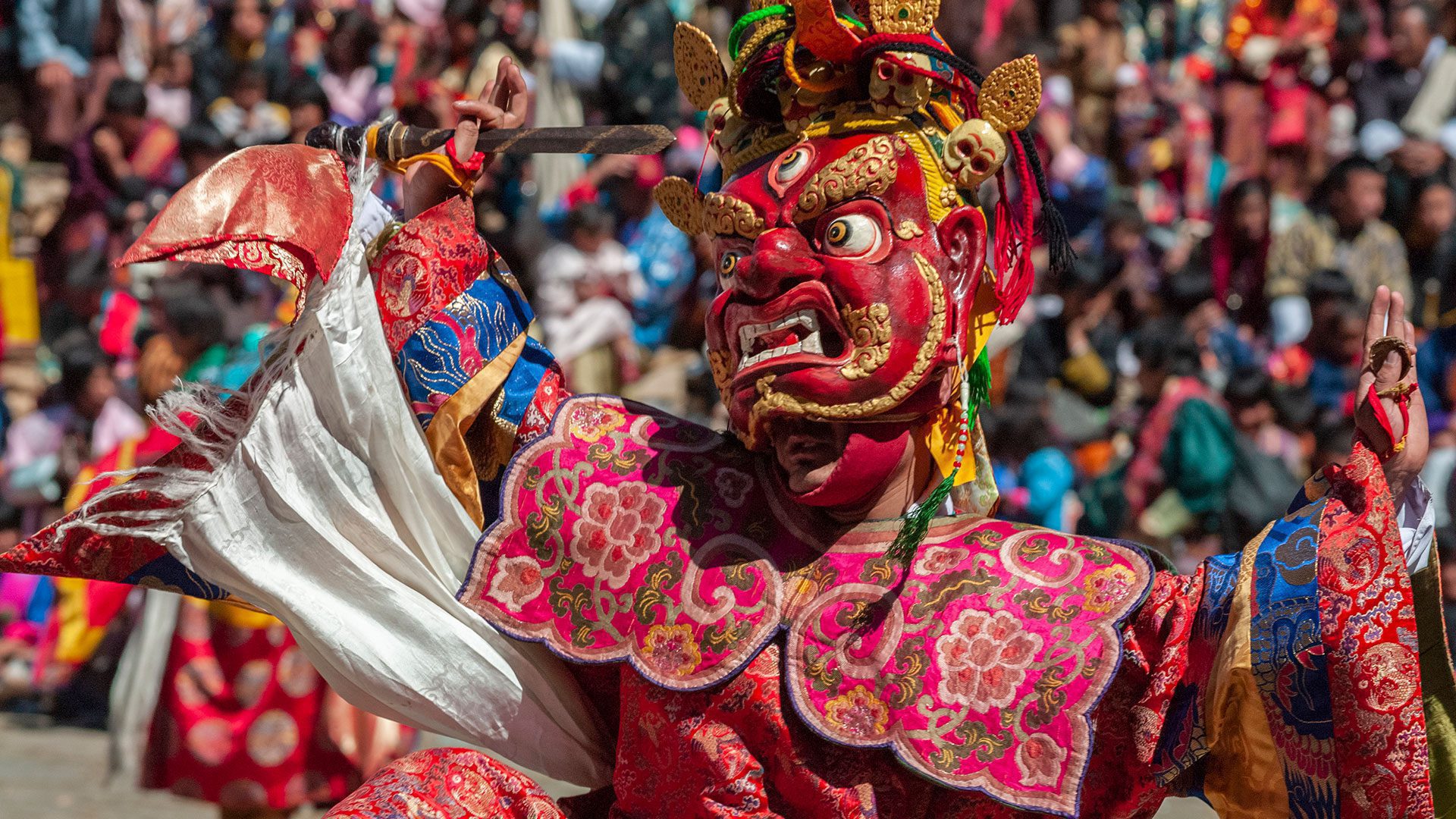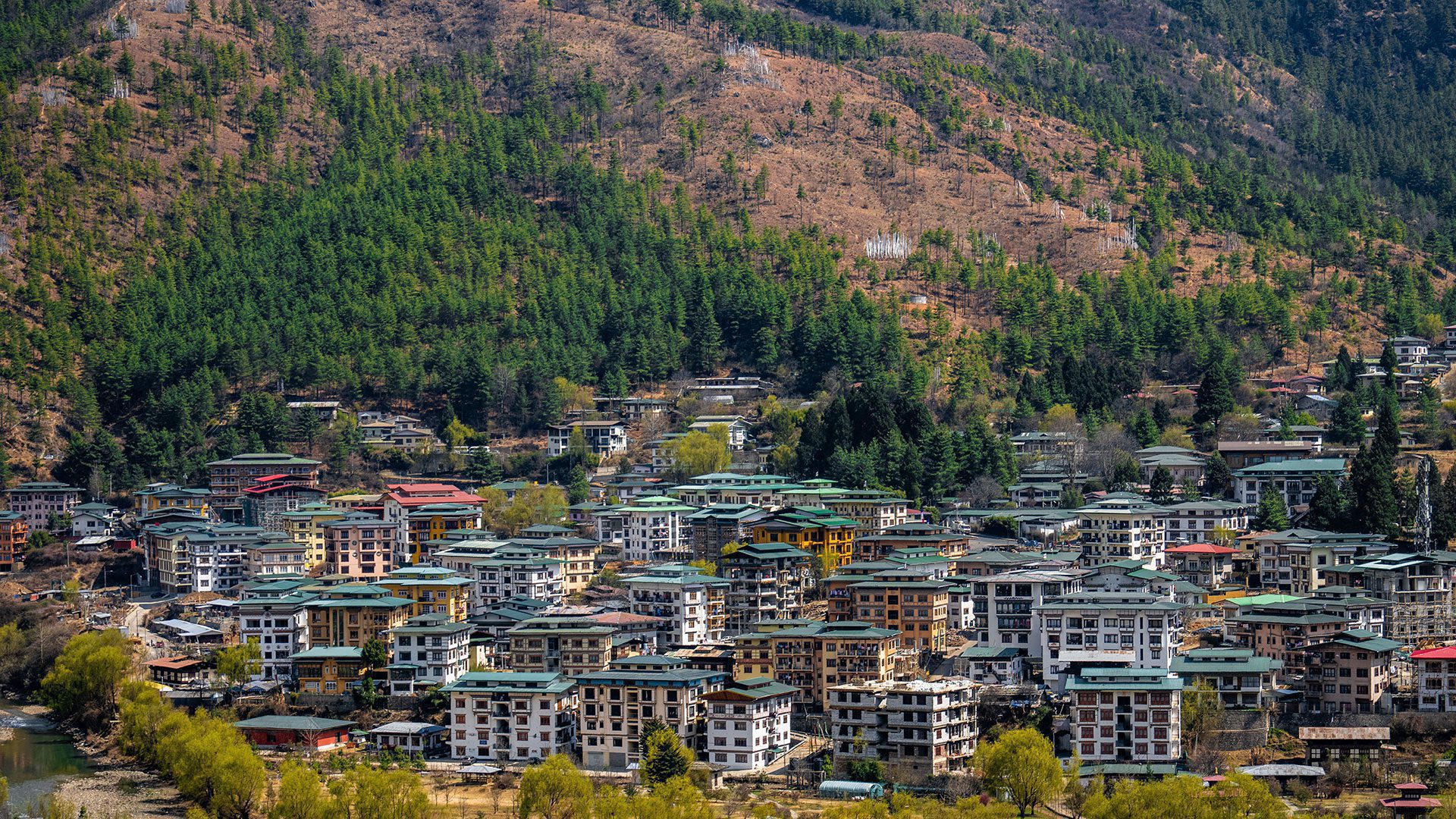4 Nights 5 Days Bhutan Tour
5(18)
Trip Overview
5 Days Bhutan Tour Overview
The 5 Days Bhutan Tour is one of the most enriching, peaceful, and amazing tours. Due to its lush green valleys, surrounded by towering mountains, natural beauty, and ancient monasteries perched on cliffs, it has become more famous among travelers. These 5 Days Bhutan Tour will lead you to a splendid journey ahead.
Your tour to Bhutan officially starts from Paro, which is one of the most charming and picturesque towns in Bhutan. The beautiful views of the Paro River and the surrounding hills, l past terraced farms, old-fashioned Bhutanese villages, and a variety of breathtaking natural settings will capture your heart. As you travel to Thimphu, you will experience the Bhutanese culture, their rituals, and the artistic temples and monasteries. Throughout the drive, you will also hike to the famous Tiger’s Nest Monastery, also known as Taktshang Goemba. This place is so high on a cliff that it feels like it’s almost in the clouds. You will enter Dochu La Pass from where you can enjoy spectacular views of the mountain vistas. As you move ahead, you will stroll through colorful marketplaces where you may take in the wonderful handcrafts of Bhutan.
Whether you’re trekking in the mountains, attending a local festival, or just enjoying the quiet beauty of a traditional village, Bhutan is a place that brings a sense of calm and wonder. You will also explore the Bhutanese Dzongs such as Punakha Dzong, Tashichho Dzong, and Rinpung Dzong, also known as Paro Dzong, which are the nation’s most recognizable and breathtaking architecture, which shows Bhutan’s unique combination of architecture, culture, and religion. Then, you will descend to Paro after enjoying such amazing moments. On the fifth day, you will depart from Paro with the wonderful memories collected. You can visit Bhutan in any season but spring and autumn are highly recommended seasons for the tour.
The trip to Bhutan is more than just seeing new views it is also about experiencing the people’s culture, traditions, way of living, and much more. At the end of the day, you will be left with incredible experience and it is a journey that stays with you forever. So, are you excited for this tour? Don’t miss this golden opportunity and begin the tour to Bhutan. Here we come!
Trip Highlights
- Tiger’s Nest Monastery (Taktshang Goemba) is the most iconic and recognizable site, situated 3,120 meters above sea level on a cliffside.
- Scenic views of mountains such as Dochula Pass and Himalayan Peaks.
- Explore the Bhutanese Dzongs such as Punakha Dzong, Tashichho Dzong, and Rinpung Dzong, also known as Paro Dzong, which are the nation’s most recognizable and breathtaking architecture, which shows Bhutan’s unique combination of architecture, culture, and religion.
- Visit the Takin Preserve in Thimphu to see Bhutan’s national animal, the Takin, and other animals such as sambar deer, barking deer, and wild boar.
- Explore the Bhutanese festival called Tsechu to witness colorful dances, customs, and cultural acts.
- Visit Bumthang, a region commonly known as Bhutan’s spiritual heartland where you get to witness the Jakar Dzong and Kurje Lhakhang, among other revered temples and monasteries
Itinerary
Your Journey, Step by Step
Thimphu Sightseeing – Transfer to Punakha (2.5-3 hrs drive)
On this day, you will start your day sightseeing to discover the historical, religious, and cultural sites of Bhutan’s capital after having breakfast in Thimphu. As you move ahead, you will visit the Buddha Dordenma Statue, one of the largest Buddha statues in the world, monasteries like Tashichho Dzong and Punakha Dzong, National Memorial Chorten, and Changangkha Lhakhang from where you get to experience Bhutanese culture, traditions and get a beautiful view of the city.
After finishing sightseeing, you will drive to Punakha, which takes you roughly two and a half to three hours. It is renowned for its breathtaking scenery and imposing dzongs. You may see verdant forests, terraced crops, and tiny settlements as you travel along picturesque mountain routes. The trip enters the Dochu La Pass situated at 3,100m(10,200ft), a breathtaking mountain pass distinguished by its 108 chortens (stupas), built in memory of the troops who lost their lives in a 2003 military operation. You can take in breathtaking vistas of the Himalayas on a clear day. A little pause at the top of the pass is worthwhile because of the stunning Druk Wangyal Lhakhang shrine. You will see dense pine forests, terraced fields, and small settlements, offering a picturesque landscape through your drive. Finally, you will reach Punakha. Check in to your hotel and take some time to rest after the drive. End your day after having local Bhutanese dishes dinner and relax.
Stay overnight in Punakha.
Punakha to Paro via Thimphu (4-5 hrs drive)
After having a delicious breakfast, you will return to Paro, the picturesque town where you first arrived in Bhutan, after departing Punakha. During the four to five-hour trip, you will travel through Thimphu once more, giving you the chance to see some of the same locations or take in more breathtaking views. Along the way, you can visit Thimphu National Library to learn about Bhutanese history and culture, and the National Library houses ancient Buddhist texts and manuscripts. You can also explore Thimphu’s handicraft market if you want to pick up traditional Bhutanese crafts like thangkas (painted scrolls), textiles, or jewelry. As you go through the mountains from the Punakha Valley, the drive also provides an opportunity to appreciate Bhutan’s natural beauty. After the 4-5 hrs of drive, you will arrive in Paro, which is a charming town and is home to the famous Tiger’s Nest Monastery (Paro Taktsang) and other historical landmarks. Check in to your hotel and relax after the long drive.
Stay overnight in Paro.
Hike to Tiger’s Nest Monastery (Taktsang Monastery)
Today, you will set off on the well-known trek to one of Bhutan’s most renowned and admired locations, Tiger’s Nest Monastery (Taktsang Monastery). This monastery provides an experience that will never be forgotten. It is situated on a rock 900 meters (2,950 ft) above the bottom of the Paro Valley. After having a delicious breakfast, you will start your hike. You will slowly ascent through pine forests where the cool shade of the trees, along with the peaceful sounds of nature, makes your walk more pleasant. You will pass a small temple where travelers pause to pray, along with prayer flags, small chortens (stupas), and views of Paro Valley. Then, you will reach the Tiger’s Nest, also known as Taktsang Monastery, after finishing the ascent. With a stunning view of the valley below, the monastery is situated atop a sheer rock. You will go back to the Taktsang Cafeteria for a well-earned lunch and rest after touring the monastery. The café offers excellent views of the monastery and basic yet wonderful food. Then, you can descend back to Paro and relax and unwind after the physically demanding hike.
Stay overnight in Paro.
Departure from Paro
This will be your last day of the beautiful journey to Bhutan. After having your breakfast you will depart from Paro. If you have time, you can visit Paro town or Rinpung Dzong. Then you will head toward the Paro International Airport. Make sure that everything you own is packed and prepared for your trip. Verify your paperwork, mementos, and any additional items you may have acquired while traveling. You will depart Bhutan feeling at ease and appreciating everything that the nation has to offer as you board your plane and take one final glance at the breathtaking scenery below. Even it may be the day to leave, the memories and experiences of the peaceful landscapes, majestic monasteries, and rich culture will stay with you long after you’ve left this beautiful country.
Bhutan has a Minimum Daily Package Rate (MDPR) for tourists, covering hotels, meals, guides, and transport. The standard tour package cost (with 3-star hotels):
- SDF (Sustainable Development Fee): $100 per night
- Tour Package (including permits, guide, transport, meals, and hotels): $200–$250 per night
- Flight (Nepal to Bhutan round trip): $400–$600 (varies)
Inclusions
What’s Covered in Your Adventure
- Private transportation.
- All necessary travel permits
- English-speaking local guide.
- Accommodation on a twin room basis.
- Sightseeing and monastery entrance fees as per the itinerary
- Meal plan: Full Board Basis
- Bhutan visa fee
- Kathmandu to Paro to Kathmandu flight
- Travel Insurance of any kind.
- Additional costs due to natural calamity and unforeseen circumstances
- Personal expenses such as drinks, guide tips & etc.
Good to Know
Your Journey, Step by Step
Safety and Security in Bhutan:
Bhutan has very good safety and security, making it one of the safest places for tourists to visit. It is renowned for its peaceful surroundings and well-kept tourism infrastructure, and it has a low crime rate. To guarantee an effortless and pleasurable Bhutan travel, it is still crucial to be aware of safety precautions, just like with any foreign trip.
Group size:
A normal Bhutan tour group size is between 2-10 people. Larger groups may be scheduled for special or organized tours, although small group tours are more popular and provide a more individualized experience. Since Bhutan’s tourist policy places a strong emphasis on environmentally friendly travel, groups are typically kept small to reduce their negative effects on the environment and local culture.
Travel Insurance:
Travel insurance is essential, especially if you plan to explore rural places or partake in adventure activities. Make sure your policy covers emergency evacuation, travel insurance, and medical coverage. Verify that adventure activities, luggage loss, and trip cancellation are covered by the insurance terms. Throughout your travel, have access to emergency assistance continuously.
Altitude sickness:
You might suffer from altitude sickness as you will surpass the 2000-3000m altitude. So, it is important to take proper precautions to avoid the risk of altitude sickness. Stay hydrated and eat properly while hiking to Dochula Pass and Tiger’s Nest Monastery. It ensures a smooth and peaceful trek in the Bhutan tour.
Difficulty in Bhutan tour:
A Bhutan tour’s level of difficulty can change depending on the things you want to do, such as trekking, cultural exploration, or sightseeing. Bhutan is generally regarded as a tourist destination that is both safe and accessible, but there are a few things to consider that may make your trip more or less challenging. During the monsoon season, in particular, the roads can be difficult and rough. It is critical to observe local customs because Bhutan has a strong sense of cultural identity. When walking at high elevations, be aware of altitude sickness and acclimate gradually. Bhutan may be more costly than other places due to its low daily expenditure.
Best season
For those who want to take advantage of Bhutan’s lush landscapes and trekking chances, spring season is one of the greatest seasons to visit. Rhododendrons, magnolias, and other alpine flowers are among the lovely flowers that bloom in the spring in Bhutan. At this time, the mountains, valleys, and forests are breathtakingly beautiful. The weather is perfect for outdoor activities and sightseeing because it is usually clear and pleasant with moderate temperatures.
During this time, some festivals are held, like the Paro Tsechu. These cultural gatherings offer a profound understanding of Bhutanese customs and religion.
While the weather is generally dry with mild to warm daytime temperatures and cooler evenings, autumn offers the clearest skies and the most breathtaking views of the Himalayas. You’ll see fresh produce, terraced landscapes, and lush rice fields and the cultural landscape is lively with local festivals and customs. Autumn is also the best time of year for trekking because the weather is ideal for outdoor activities like hiking.
You can also go on a Bhutan tour in winter (December- February) and summer (June- August) if you want a quieter experience with snowy landscapes, though it’s cold, or the lush greenery for the more advanced views of the Himalayas.
Food and Drinking water
Bhutanese food is special, full of flavor, and frequently consists of rice, cheese, and chili. Although there are many alternatives for both vegans and non-vegetarians, the food delivers a fascinating blend of textures and tastes, even though it can be spicy. Ema Datshi (Bhutan’s national dish), Phaksha Paa (traditional food), Momos, Red Rice (a staple food in Bhutan), Suja (traditional Bhutanese butter tea), Jasha Maru ( chicken dish), and Khurma (fried snack) are some popular dish in Bhutan. These foods are deeply connected to the heritage of Bhutan.
The hotels in Bhutan offer various types of drinks. Suja, or butter tea, is a savory beverage brewed with tea, yak butter, and salt that is typically drunk in frigid climates, chhaang (traditionally used at festivals, this mildly alcoholic beverage is derived from fermented barley and is comparable to beer), ara (A stronger distilled alcoholic beverage), fruit Juices of Mango, pineapple, apple, and other local fruits are used to make these fresh, homemade juices, tea, soft drinks like Sprite and Coca-Cola etc all are available in the hotel. While trekking, you can find various streams, and rivers along the way. You can also purchase bottled water but as it is not environment-friendly, it is not highly recommended during trek in Bhutan.
Accomodation in Bhutan Tour
With a focus on traditional Bhutanese architecture and hospitality, accommodations in Bhutan range from affordable to luxurious. Most of the lodgings are kept up nicely, and many of them are made to blend in with the surroundings. You can experience Bhutanese living can be had by staying with a native family. You can enjoy home-cooked meals, take part in daily activities, and discover Bhutanese cultures and traditions. They are mostly available in Paro, Bumthang, Punakha, and other isolated settlements in rural Bhutan.
Homestays offer warmth, comfort, and the chance to interact with people, despite their minimal amenities. You can eat meals with the family and sleep in a traditional Bhutanese room. There are various smaller lodging options that provide a warm, customized stay and frequently feature traditional Bhutanese architecture. Despite their simplicity, they are frequently managed by friendly local families.
Permits required for Bhutan Tour
You will certain permits while traveling to Bhutan as the government of Bhutan, in order to protect its environment, culture, and natural resources, maintains strict rules on tourism. Here are some certain permits below which ensure your smooth and peaceful tour to Bhutan:
- Travel Permit: Non-Indian nationals (except citizens of Bangladesh, India, and the Maldives) are required. You do not submit a straight application for a visa. It will be arranged for you by your Bhutanese tour operator.
- Particular Licenses for Restricted Spaces: Specific locations, such as the Haa Valley, Phobjikha Valley, and other isolated locales. These permits will be arranged for you by your travel operator.
- Permits for Trekking: For treks such as the Druk Path Trek or the Jomolhari Trek. The trekking permit procedure is managed by your tour operator.
Required Document for Bhutan Tour
- Passport for non-Indian nationals (valid for six months)
- Visa Approval Letter – Obtained through a licensed tour operator.
- Travel Insurance – Highly recommended for emergencies.
- Return Flight Ticket – Proof of your return or onward travel.
- Passport-Sized Photograph – Required for visa application.
- Trekking Permits – If trekking, your tour operator will apply on your behalf.
- Special Permits – Required for restricted areas (arranged by your tour operator).
- Health Certificate – If needed, particularly for COVID-19 or other health concerns.
Trekking equipments
Trekking equipments are the the clothing and instruments required to guarantee a safe, cozy, and pleasurable trekking or hiking experienceparticularly in demanding settings like Bhutan’s mountainous terrain. These supplies aid in route navigation, keep you dry, warm, and weatherproof, and guarantee your safety while hiking.
General
- Passport: For permits, include extra copies and passport-sized pictures.
- Trekking permits include the Annapurna Conservation Area Permit (ACAP) and the Trekker’s Information Management System (TIMS) card.
- Sleeping bag (for chilly nights, at least -15°C/5°F)
- Cash: Nepali rupees for modest purchases, snacks, and gratuities.
- Porters usually carry the duffel bag, which is used for your main luggage.
- Backpack: day backpack (for quick hikes with necessary items like water, camera, extra layers, and snacks) and main trekking backpack (for transporting food and sleeping bags).
Upper Body
- Sunglasses with UV protection
- Woolen hats and sun hats.
- Buffs and scarves
Torso
- Base layers: down jackets or fleece
- Jackets with insulation
- outer layers of waterproof sweaters
Lower Body
- Base Layer Trekking Pants: Thermal pants for extra warmth in chilly climates.
- For warmer portions of the journey, wear hiking shorts.
- Relaxing pants: Ideal for teahouse relaxation.
- Waterproof pants provide protection against snow and rain.
Hands
- Lightweight gloves (for warmth)
- Insulated and waterproof gloves (for colder weather)
Footwears
- Socks made of wool
- saturdy hiking boots with ankle support and water resistance
- Sandals or camp shoes (for resting)
- Sandals or flip-flops
Undergarments
- Women’s moisture-wicking underwear sports bra
- Base Layer or Thermal Bottoms
Medication and First Aid Box
- Sickness at Altitude drugs such as Diamox.
- High SPF sunscreen and lip balm bands
- Cough syrup, Ibuprofen, paracetamol, and antibacterial creams like Neosporin and Thermometer
Other Essentials
- Sanitizer for hands
- Carry three to four liters of water bottles.
- Toiletries such as soap, wet wipes, toothbrushes, etc.
- Headlamps and flashlights (with extra batteries)
- A towel
Optional
- Camera (to record the landscape using additional batteries)
- Poles for trekking
- Chocolate, energy bars, and almonds are examples of snacks.
- Power bank (used to charge gadgets)
- Dry bags (for storing dry items)
- A journal or notebook
- Eye mask and earplugs
FAQs
Your Questions, Answered
Is Nepal or Bhutan cheaper?
Nepal is more affordable than Bhutan. You can travel on a tight budget in Nepal, but you can’t buy a cheap ticket in Bhutan where the basic price is much lower.
Which time is best for the Bhutan tour?
The Bhutan journey is most enjoyable in the spring (March to May) and fall (September to November). Similarly, if you don’t mind the cold, you can visit Bhutan in the winter, from December to January. Bhutan appears particularly stunning in the winter
How can I go to Bhutan from Nepal?
There is a direct flight from Tribhuvan International Airport in Kathmandu to Paro International Airport that takes one hour and fifteen minutes to go to Bhutan from Nepal.
Do I need a visa to visit Bhutan from Nepal?
Yes, a visa is required in order to travel from Nepal to Bhutan. Your travel company will support you with the paperwork and visa application procedure.
Are there direct flights from Nepal to Bhutan?
Yes, Nepal and Bhutan have direct flights. Paro International Airport in Bhutan can be reached in just one hour and fifteen minutes from Tribhuvan International Airport in Kathmandu. These two nations are connected by Bhutan Air and Druk Air.
What is the best time to visit?
The best time to visit is during the dry season, from April to October, when the weather is pleasant and ideal for outdoor activities.
Can I travel independently, or do I need to join a guided tour in Bhutan?
There are just two cities in Bhutan where you can travel on your own: Paro and Thimphu. You must take a guided trip organized by a certified Bhutanese tour operator if you want to see more of Bhutan than these locations. A certified guide, lodging, and transportation are usually included with these tours.
What are the must-visit places in Bhutan?
Paro, Thimphu, Punakha, Bumthang Valley, Gangtey Valley, Haa Valley, Trongsa, Jakar, and Rinpung Dzong are a few must-visit places in Bhutan.
Is it safe to travel to Bhutan from Nepal in terms of health and safety?
Bhutan is renowned for its peaceful and hospitable atmosphere and has a low crime rate. However, when traveling in a foreign nation, you must exercise caution and pay attention to your surroundings.
Are there any cultural or religious customs I should be aware of in Bhutan?
Yes, Bhutan has a rich religious history, and you should respect and be mindful of their traditions. It is usual to walk in a clockwise direction when visiting temples. Similarly, never take pictures of someone without their consent.
What is the local language in Bhutan, and will English be sufficient for communication?
The official language of Bhutan is Dzongkha. While Dzongkha is the primary language, many Bhutanese people also speak English, especially in urban areas and the tourism industry.
View Our Similar Packages
Discover our top tours, loved by thousands of travelers annually. Choose the adventure that inspires you and embark on a journey tailored to your desires.
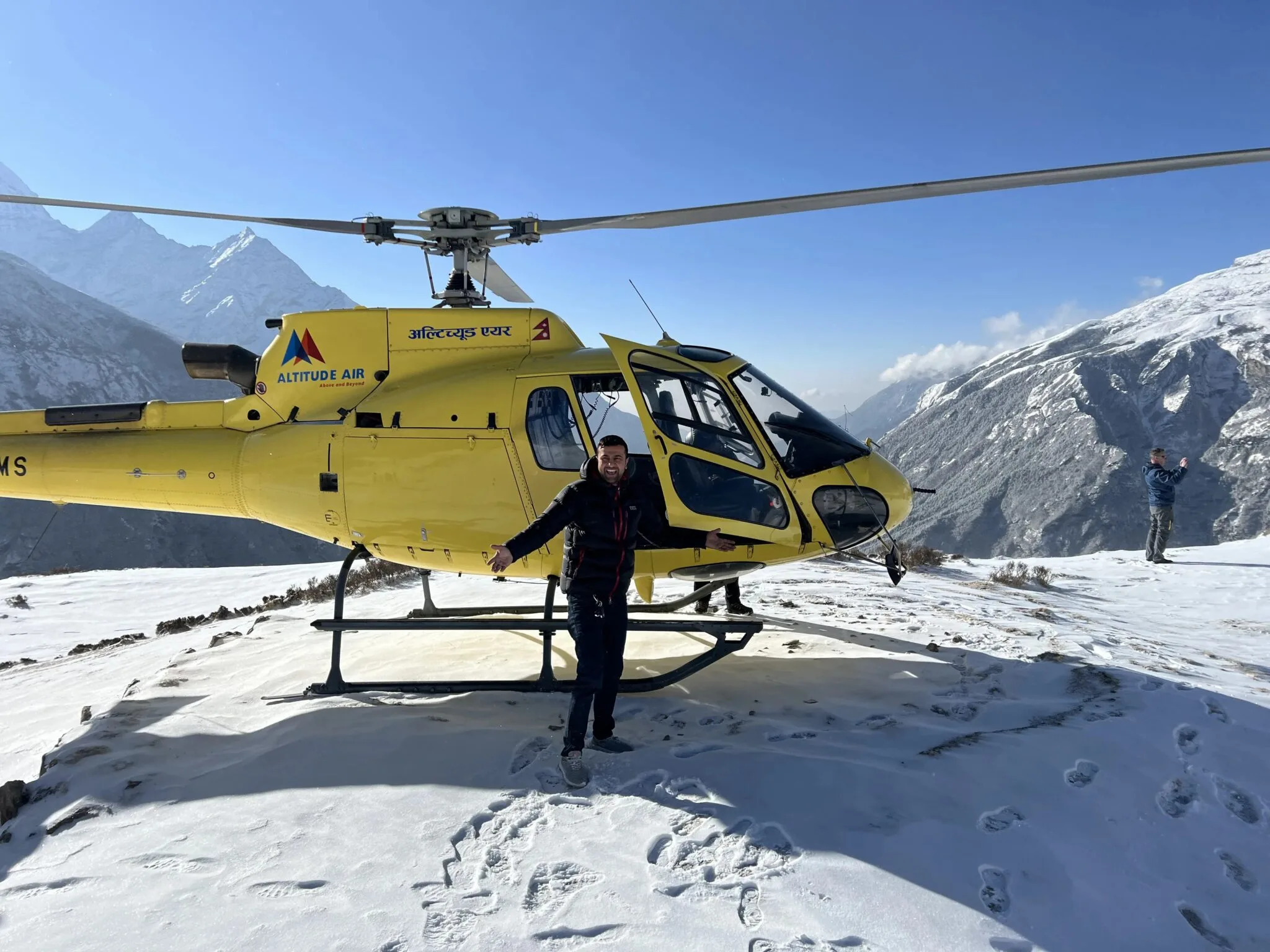
Save 17%







